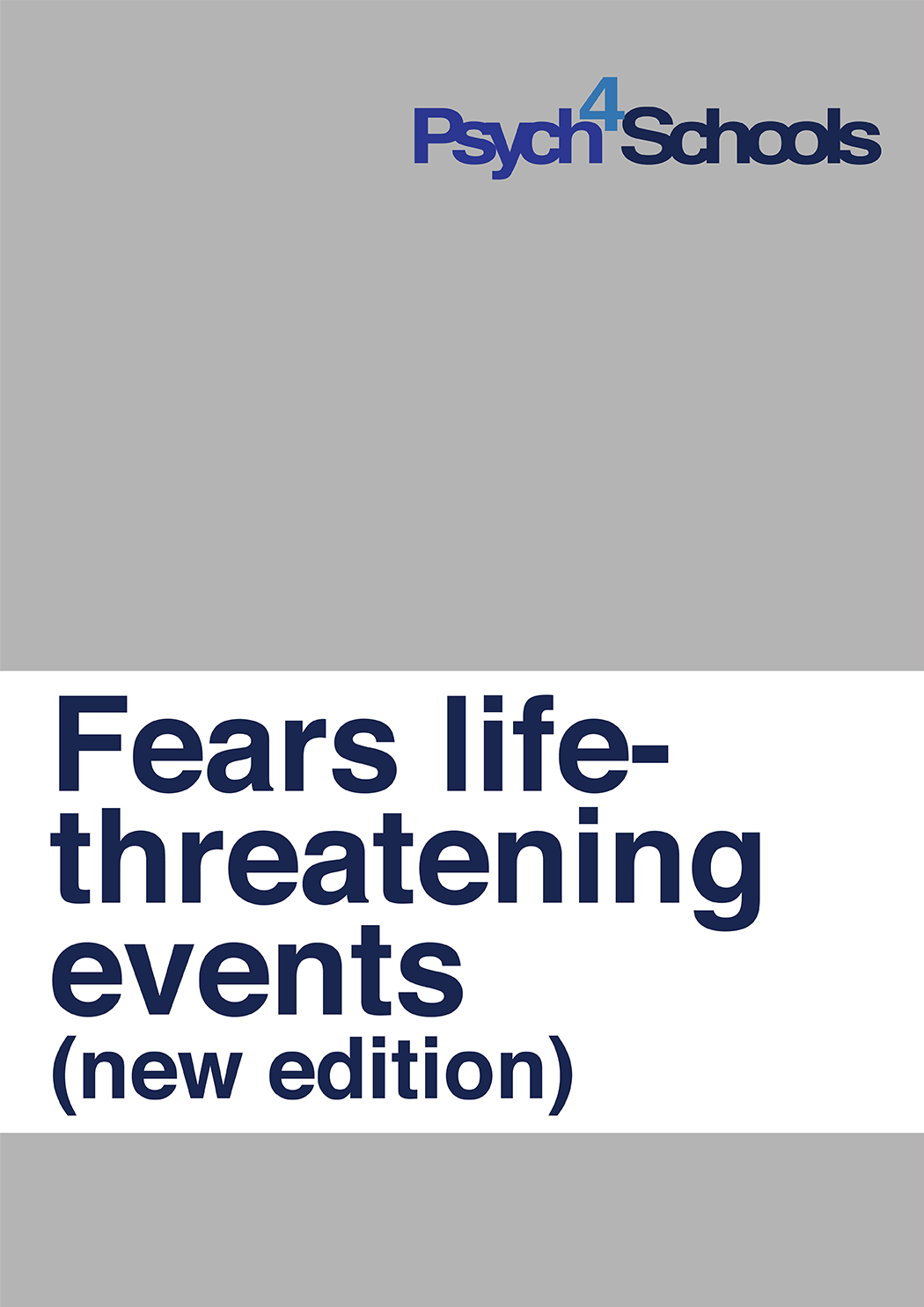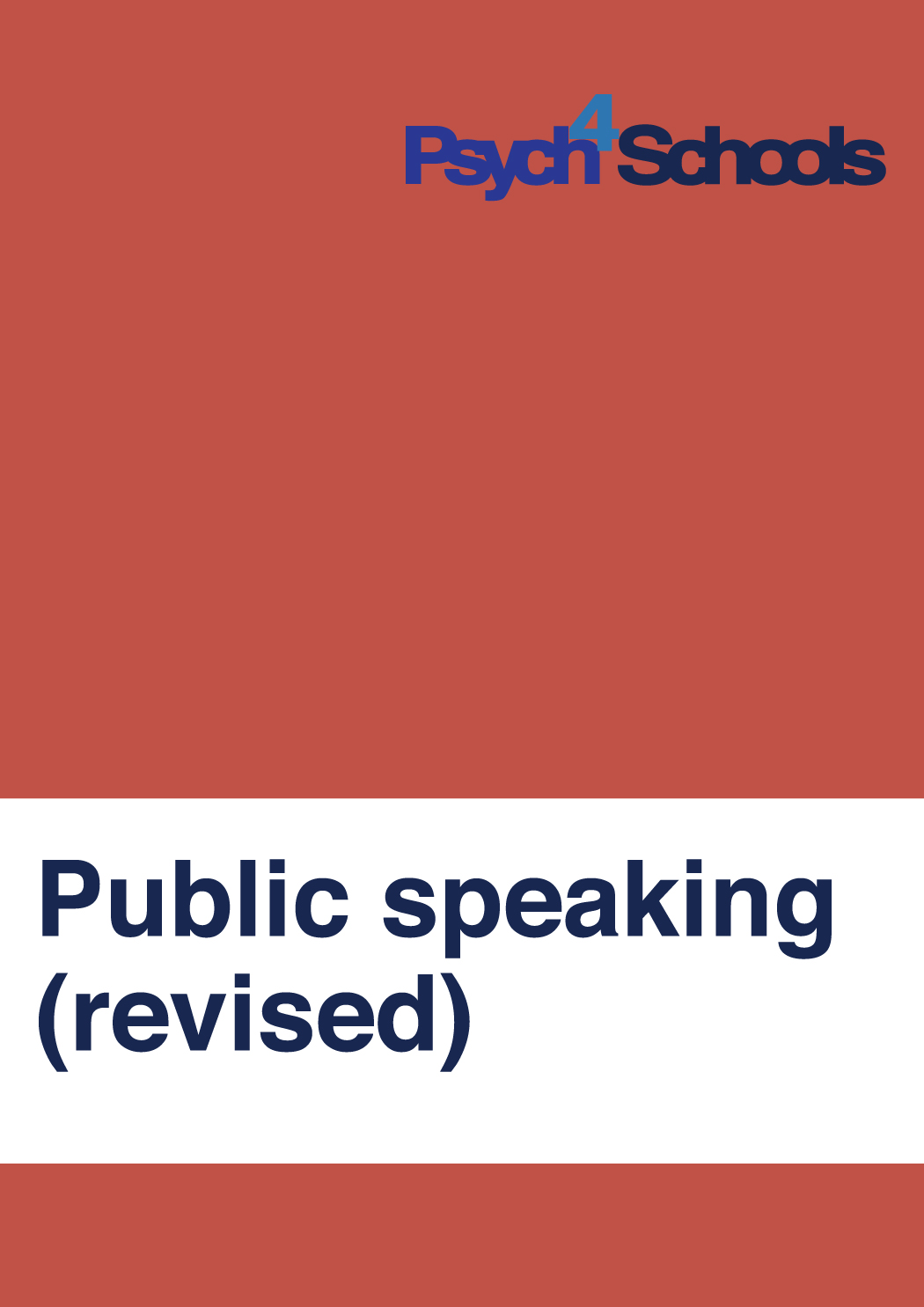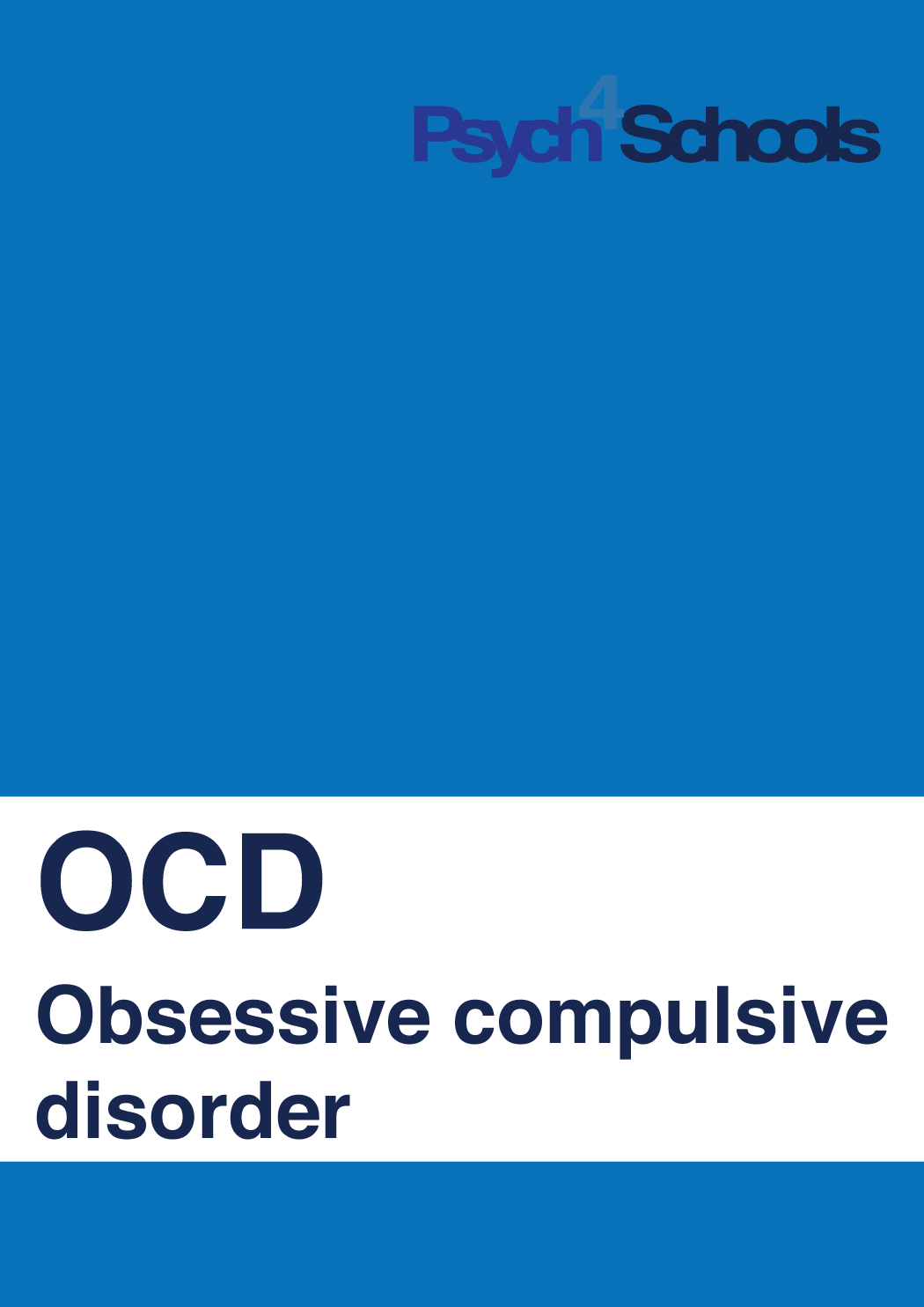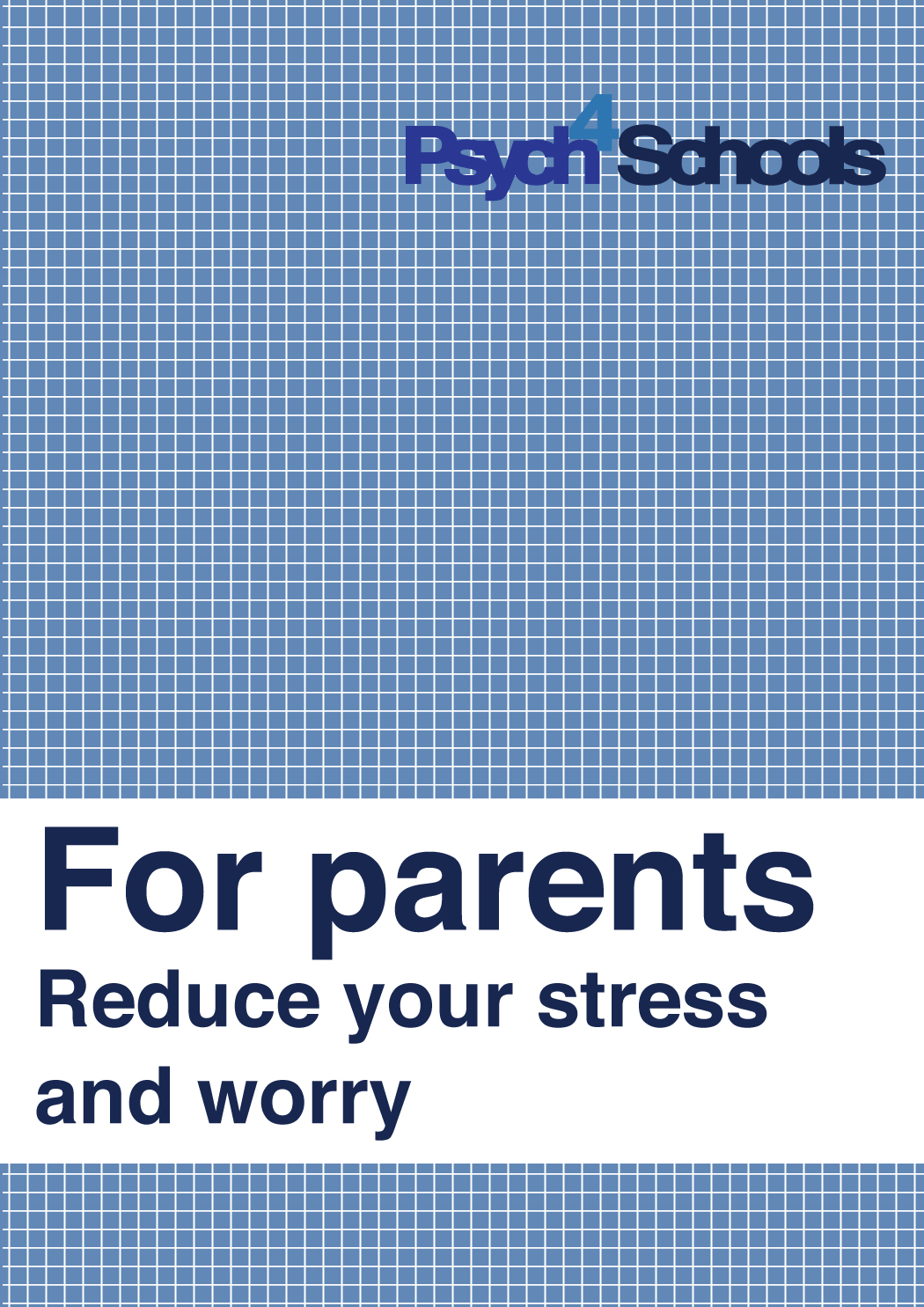Fears life-threatening events (new edition)
The following is an excerpt from the ebooklet Working with children who fear life-threatening events (new edition) by Murray Evely and Zoe Ganim.
Introduction
Thinking about life-threatening local, national or global events, such as climate change, bushfires, floods, earthquakes, cyclones, drought, war, shootings, terrorism or pandemics, now or in the future, can threaten our sense of safety and control. Excessive worry can have a negative impact on children as well as adults.
Extensive reporting and repetition of stories on radio, television, in newspapers, and online can intensify the impact of adverse events. Widespread media exposure and ease of access to online content about distressing events has been linked to poor mental and physical health outcomes.[1] Some children worry about themselves, their families and the future of the planet. This has been apparent following repeated replaying of events such as the 11 September 2001 attacks in the USA, the 2011 earthquake and tsunami releasing radioactive material in Japan, the 2013 Boston Marathon bombings, and many mass murders and terrorism events throughout the world in recent decades. The 2020 devastating explosion in Beirut frightened and troubled people worldwide and generated a humanitarian crisis. In 2020 fear and distress in children and adolescents may be associated with daily reporting of local and global infection rates and deaths related to the coronavirus pandemic.
The bushfires that ravaged Australian communities from 2019-2020 continue to concern many people. Although Australia is prone to bushfire, the massive fuel loads, the vastness of the fire zones – some with their own weather systems – the voraciousness of the fires – and links to the rising threat of climate change, have generated much discussion about the need for a review of bushfire management and greater political will to deal with climate change. The associated media coverage reporting loss of human life, extensive property, animal and habitat loss, use of Australian Defence Force personnel, naval ships and helicopters to evacuate thousands of residents and tourists from danger, and hazardous smoky air extending to a number of capital cities and beyond meant most, if not all, of your students will have been exposed to the fury of bushfire in some way. [2]
Increasingly, children are exposed to adult issues they are developmentally ill-prepared to fully understand. While younger children depend mainly on parents and teachers to interpret information about a disaster, older children may gain information from a range of sources that are not always reliable. Young people often believe what peers say and can view events using black and white thinking with the inevitable tendency to see things in extremes.
Children are vulnerable to feelings of loss of safety, fear or apprehension during and following a significant adverse event. The closer the event is to the child, their family members, friends and local community, the more likely it will have an impact on the child. Those who have experienced any form of recent tragic loss, trauma or who have unresolved issues in their lives are more vulnerable. Following or during these events, teachers may observe behavioural changes in specific children in their class. Teachers can assist by listening to children’s concerns, validating their feelings and helping them to cope with their fears. Teachers can demonstrate that they, and other adults, can assist to manage responses to frightening events.
Behaviours of children who fear life-threatening events
Children who fear adverse events may display some of the following behaviours or characteristics. They may:
- ask questions and speak about the event persistently
- express feelings about the event through play and creative means such as playing war games, drawing or writing about natural disasters, or depictions of ‘the virus’ during a pandemic
- write poetry or stories that express sadness, confusion, worry, fear, anger, isolation or despair
- act aggressively or fight with siblings and/or friends
- be argumentative or uncooperative
- be quiet and/or withdraw from others
- be teary or easily upset
- have difficulty with attention and concentration
- be tired due to difficulty sleeping
- have eating disturbances
- have physical aches and pains
- experience difficulty regulating emotions
- experience difficulty separating from parents/carers
- exhibiting work and/or school refusal.
Children’s emotional responses will vary in nature and severity. Common emotions or responses following and during a significant adverse event include fear, confusion, anger, loneliness, sadness, and distress.
It is a general principle that if you notice something worrying about a child, your observations or concerns should be conveyed to the parents/carers. Equally, parents/carers should share information about their child’s emotional responses with the teacher, so they are better placed to assist with wellbeing and can make reasonable adjustments to assist learning.
When to seek further assistance
If a child displays a number of the above behaviours for more than one month during or following adverse or life-threatening events, it is recommended that you suggest referral to a psychologist or the family doctor. Referral always requires parent/carer consent.
If the child is left untreated, several disorders that occur following exposure to, or fear of, life-threatening or upsetting and stressful adverse events may develop. These can sometimes remain with the child through adolescence and into adulthood. Diagnosis and treatment will require consultation with a psychologist, mental health practitioner or doctor.
Children who worry excessively
All children worry sometimes. Worrying becomes a problem when it begins to impinge on the child’s life. Children’s worries should be taken seriously. Short discussions can often dispel typical everyday concerns of children and help to prevent the development of excessive, escalating worry.
For further information, a description of behaviours that indicate excessive worry and practical strategies to assist these children see the Psych4Schools ebooklet, Working with children who worry excessively. Children cope best with worries when they are reassured, informed and assisted to be proactive.
If a satisfactory solution cannot be found with the child, the teacher should discuss their concerns with the principal or another senior person in the school. The teacher should also talk to the child’s parents to suggest the child be referred to a psychologist or counsellor. Without effective intervention, persistent worry can become an anxiety condition. Referral to a psychologist or counsellor requires the parents/carers’ consent.
School refusal and heightened anxiety
During and following prolonged school closures in response to COVID-19 lockdowns during 2020, teachers and school psychologists reported a number of students presenting with heightened anxiety, school refusal and intensified behaviours related to pre-existing mental health concerns. As well OCD-type behaviours were observed, particularly anxiety about excessive cleanliness.
School refusal is marked by a significant number of absences from school on an ongoing basis with the child usually remaining at home. School refusal is a more serious condition than separation anxiety. School refusal is associated with a range of family and school factors accompanied by anxiety, sadness or depression, physical symptoms and social isolation. For further information, regarding referral and practical strategies to assist these children see the Psych4Schools ebooklet, Working with children who refuse to go to school (School refusal).
School refusal is most successfully treated if addressed early. The longer the child remains away from school, the greater their anxiety can become and the more difficult it will be for them to return to school. Involvement with one or both parents, a school psychologist or social worker and other school personnel is essential for successful treatment.
Children traumatised by an actual or perceived threat to life or serious injury to self or others
A traumatic event is an event that involves actual or threatened death or serious injury. The threat can be real or perceived as real by the child. Children who experience traumatic events typically suffer from intense emotional, physical, and/or psychological distress. This trauma response to a deeply distressing often sudden and unexpected tragedy or serious injury can overwhelm the child’s ability to cope. Intervention and support are best implemented within the first 24 to 48 hours following the event.
Most children will begin to recover after several days, though for some recovery may take several weeks.
To reduce the likelihood of continuing difficulties and/or the onset of further trauma, support is particularly important during the two weeks following a traumatic incident. For further information about children who have experienced traumatic events, a description of concerning behaviours that indicate a traumatic response, practical strategies to assist these children at school and when to seek further assistance, see the Psych4Schools ebooklet, Children who have experienced or witnessed a traumatic event in the past two weeks.
If the child is left untreated, disorders such as post-traumatic stress disorder (PTSD) can manifest following exposure to actual or perceived threats of death or serious injury. This can sometimes remain with the child through adolescence and into adulthood. Again, diagnosis and treatment will require consultation with a psychologist, mental health practitioner or doctor. And referral always requires parent/carer consent.
For further information about PTSD and practical strategies to implement with those diagnosed with this disorder see the Psych4Schools ebooklet, Working with children diagnosed with post-traumatic stress disorder (PTSD).
Strategies to support the child who fears life-threatening events
Acknowledge the child’s concerns
- Listen to the child and acknowledge their fears. Reassure the child that given media attention on the issue, it is understandable that they are worried about what is happening and how it could affect them.
- Normalise the child’s feelings. Let the child know that media exposure or hearing adults talk about worrying events can lead to heightened feelings of worry, fear or apprehension, that this is normal, and that such feelings can be managed and will, or are likely to, subside over time.
- Use appropriate language and complexity to talk about a child’s fears. Simple short sentences are more reassuring and more easily understood by younger children. While more complex responses can be given to older children, bear in mind that those who are distressed may not be able to adequately process complex information.
- Use the language of hope and reassurance. Reassure the child, with honesty, that as difficult and disturbing the situation appears, the crisis and related feelings can be managed.
ISBN 978-1-921908-49-1
Copyright © Murray Evely and Zoe Ganim 2020
No part of this excerpt may be reproduced or reprinted without permission in writing from the publisher.
Click here to read copyright details, summary of the licence and terms and conditions to use and reproduce our digital materials granted to authorised users.
This article is an excerpt from the ebooklet Fears life-threatening events.
Download the complete ebooklet for full access to strategies and resources, including:
- Acknowledge the child’s concerns
- Provide perspective
- Build a sense of safety
- Promote a sense of connection
- Provide a sense of control
- Help the child to understand and cope with their feelings
- Teach relaxation techniques
- Increase understanding and valuing of diverse cultures
- Communicate with parents
- Plan the return to school after a lockdown or school closure
- Make reasonable adjustments for affected students
- Look after yourself





